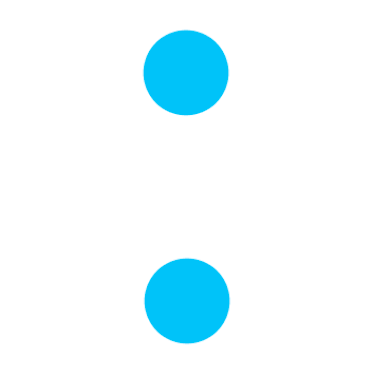MODULE - 1 Est. Duration: 57 min
MODULE - 2 Est. Duration: 48 min
MODULE - 3 Est. Duration: 1 hr 9 min
MODULE - 4 Est. Duration: 41 min
MODULE - 5 Est. Duration: 42 min
MODULE - 6 Est. Duration: 23 min
MODULE - 7 Est. Duration: 56 min
MODULE - 8 Est. Duration: 25 min
MODULE - 9 Est. Duration: 17 min
MODULE - 10 Est. Duration: 24 min
Unit 2 .2
LETTERS: ‘be’ GROUP
Est. Duration: 3 Minutes
Bookmark This
Great! Let us now delve deeper with the letters of the ‘be’ group starting with the letter ‘be’ itself.
2.2.1: ‘be’
This is the letter - 'be' ( Devanagari: बे | IPA: /beː/| Pronunciation: ).
It creates the sound of ‘b’ (ब | ) as in “bat”, “table”, “cab” or as in the Hindi/Urdu words - “बल्ला”, “अबला”, “किताब” etc.
2.2.2: ‘pe’
This is the letter - 'pe' ( Devanagari: पे | IPA: /peː/ | Pronunciation: ).
It creates the sound of ‘p’ ( प | ) as in “parrot", "tape", "cap" or as in the Hindi/Urdu words - “पतला”, “अपना”, “आप” etc.
2.2.3: ‘te’
This is the letter - 'te' ( Devanagari: ते | IPA: /t̪eː/| Pronunciation: ).
It creates the sound of a soft ‘t’ ( त | ) as in the Hindi/Urdu words - “तबला”, “पतला”, “रात” etc.
2.2.4: ‘Te’
This is the letter - 'Te' ( Devanagari: टे | IPA: /ʈeː/| Pronunciation: ).
It creates the sound of ‘T’ ( ट | ) as in “table", "gate", "mat" or as in the Hindi/Urdu words - “टख़ना”, “घटना”, “घाट” etc.
2.2.5: ‘se’
This is the letter - 'se' ( Devanagari: से | IPA: /seː/| Pronunciation: ).
It creates the sound of ‘s’ ( स | ) as in “single", "sizzle", "bus" or as in the Hindi/Urdu words - “साबित”, “मरसिया”, “वारिस” etc.
Fantastic! Having learnt these five new letters, let’s move on to making our first Urdu words. Let’s go!





.png)


